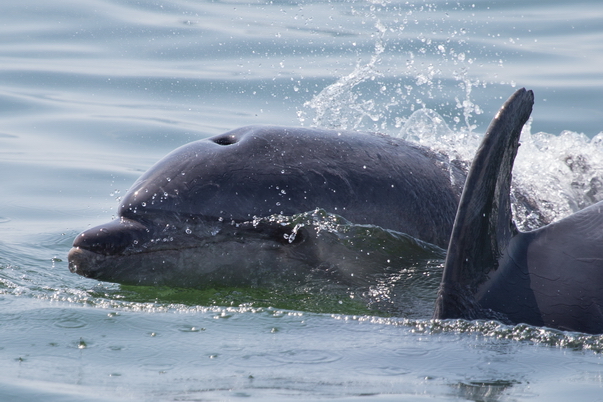
Laura Mannocci, who has just completed a contract as a postdoctoral associate at Duke University’s Marine Geospatial Ecology Lab, joined the team as a participant in Sardinia. Mainly office based in recent years, working on a cetacean density modelling project for the Mediterranean Sea, she is pleased to be offshore now, taking part in collecting the data that she spends her time working with….
For the past 8 years I have been working on modelling the distribution of whales and dolphins, yet I seldom get to see the animals I study! The ACCOBAMS survey initiative on board Song of the Whale is a unique opportunity for me to finally spend time at sea and get a sense of what`s happening in the field.
We didn`t have to wait long to observe cetaceans. Our first encounter took place in the harbour of Cagliari where we found bottlenose dolphins chasing mullet among large ferries and fishing boats. As soon as we left the harbour, on our way to the first transect, we met bottlenose dolphins again. I thought this was a promising survey!
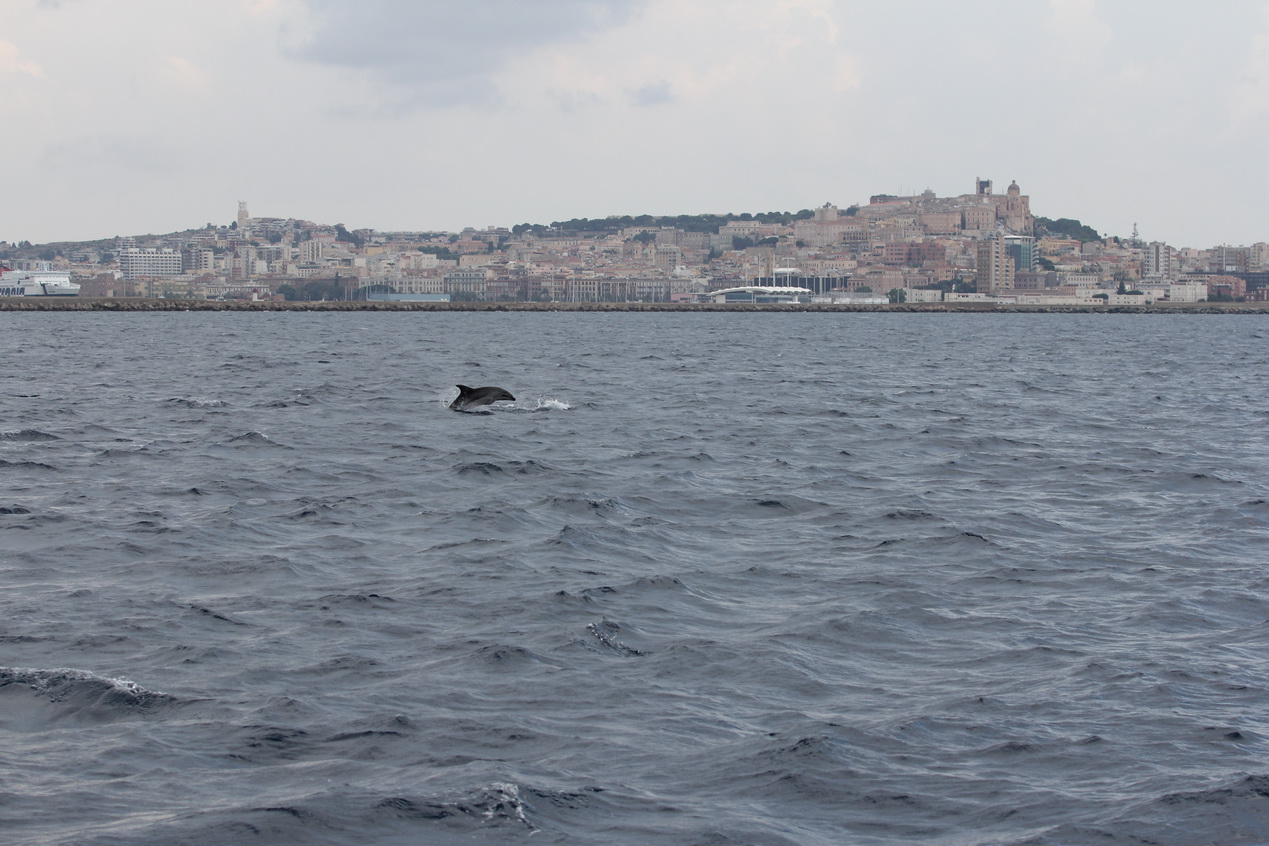
As we cruised through deep waters of the Sardino-Balearic plain, striped dolphins became our most commonly seen species with groups of up to 50 individuals. The striped dolphin is the most abundant species of cetacean in the Mediterranean Sea, where it is primarily distributed in deep offshore waters beyond the continental shelf. No abundance estimate is currently available for the Mediterranean population of striped dolphins; the ACCOBAMS survey initiative in the entire Mediterranean Sea will allow deriving such an estimate for the first time.
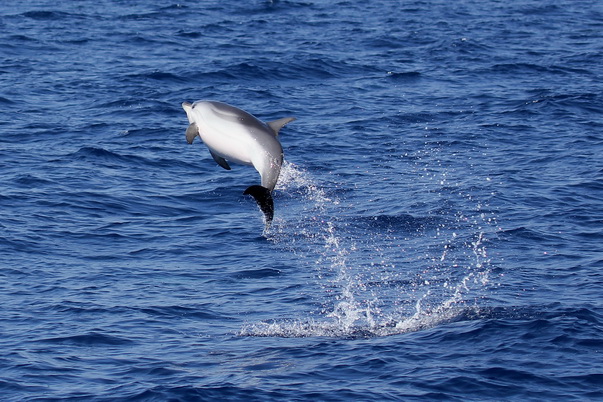
The most exciting encounter we had was that of a fin whale while we were pulling the hydrophones out of the water. This individual was particularly curious as it circled the boat several times, allowing us to see the typical white jaw on its right side and identify it as a definite fin whale. Perhaps this individual was traveling north to feed in productive waters of the Ligurian Sea.
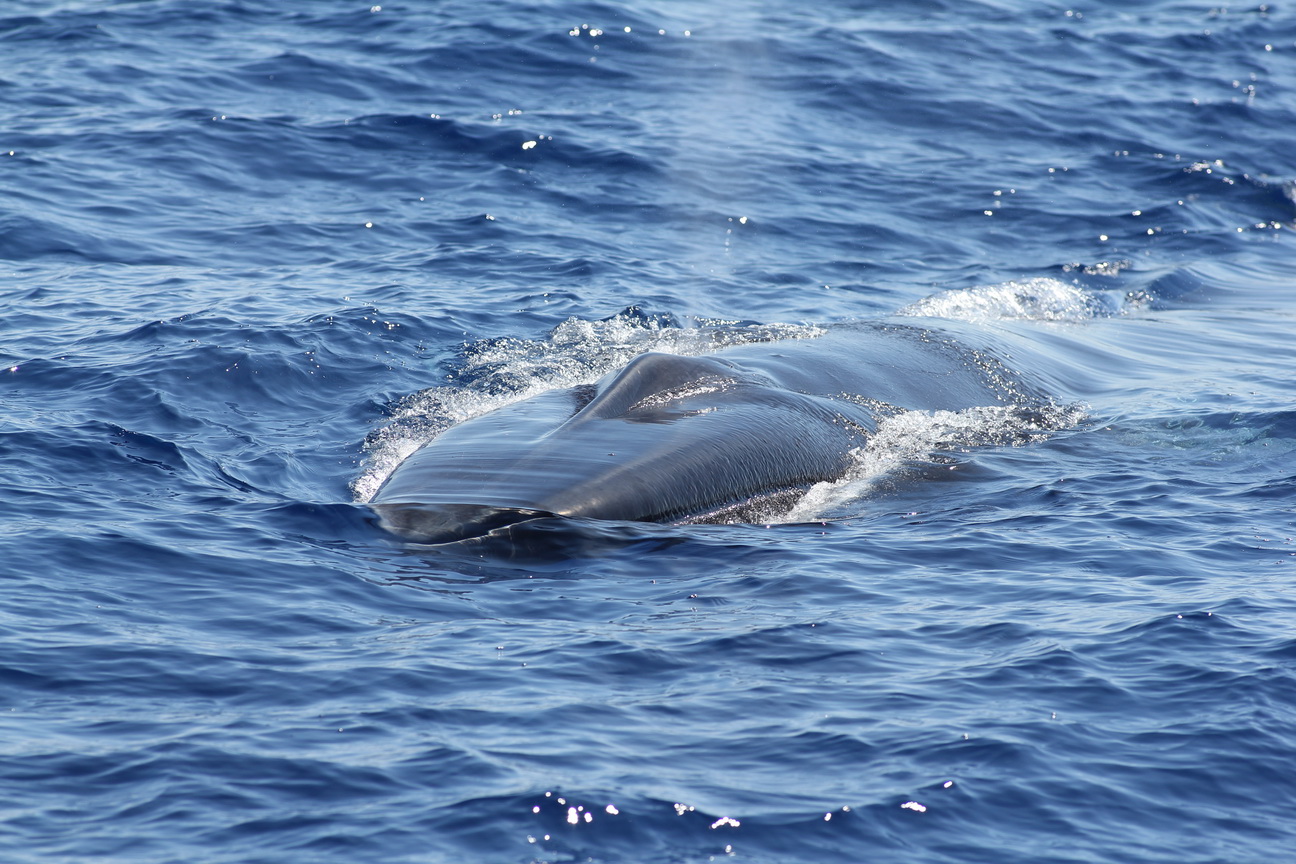
As an ecological modeller, I believe it is essential to spend time in the field. By participating in data collection, I can better understand the data that feed into the models I am building. Because we`ll never be able to survey every square kilometre of the sea, models will remain important to predict species distributions and densities where we have not surveyed. But most of all, spending time in the field helped me remember why, many years ago, I decided to study these amazing animals.
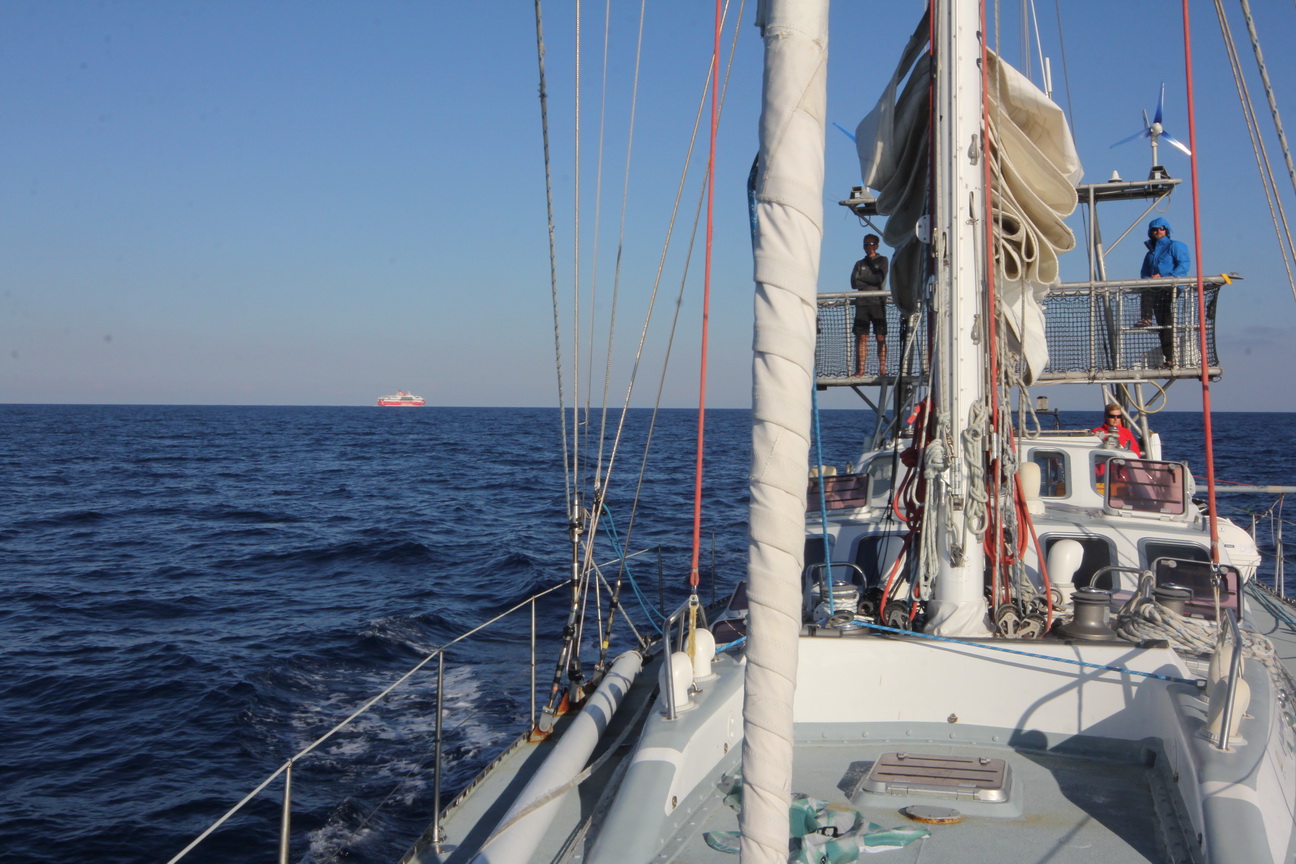
Sorry, comments are closed for this post.